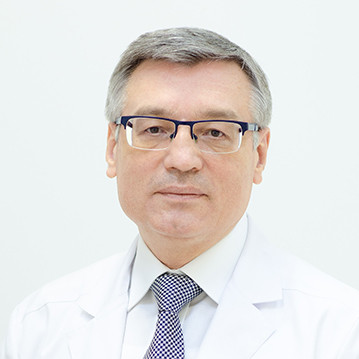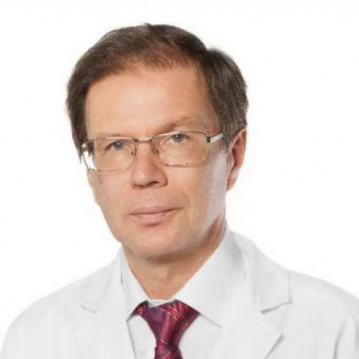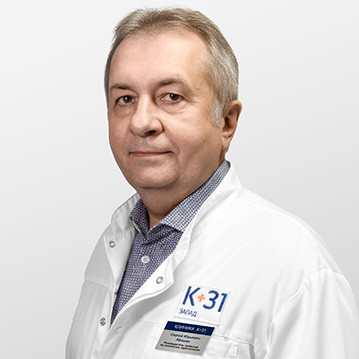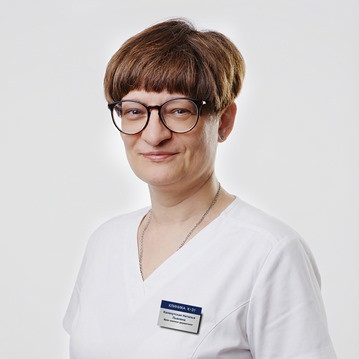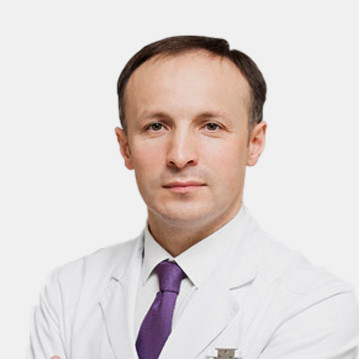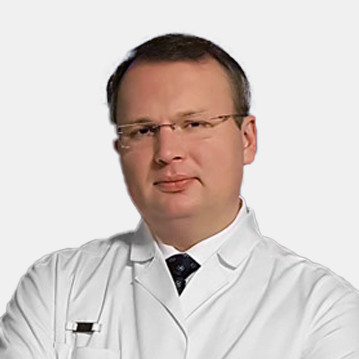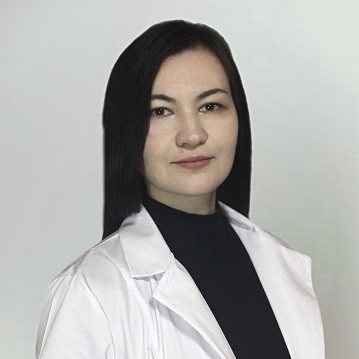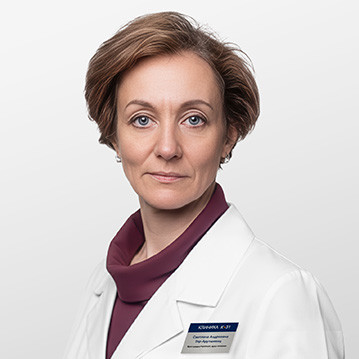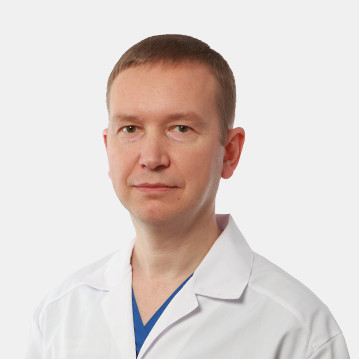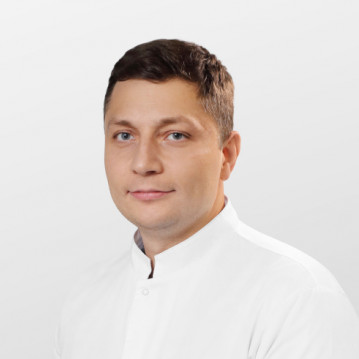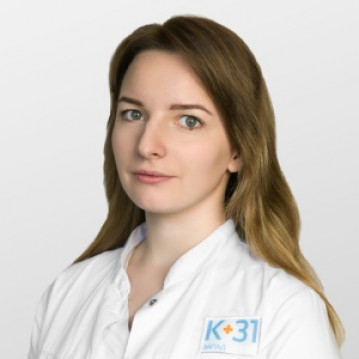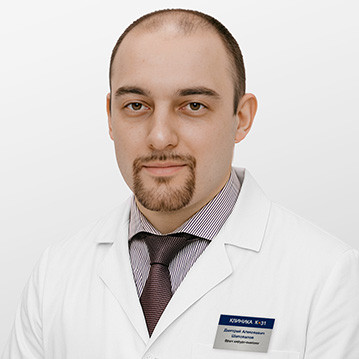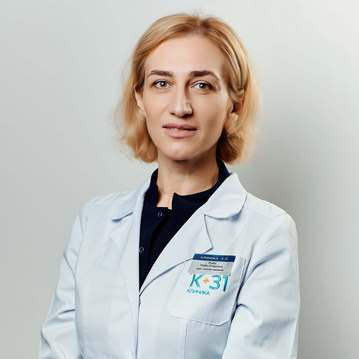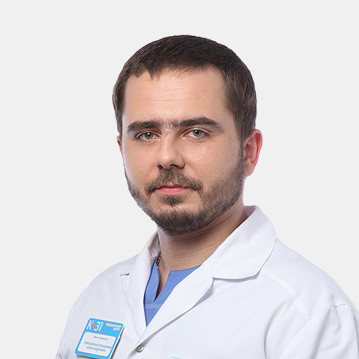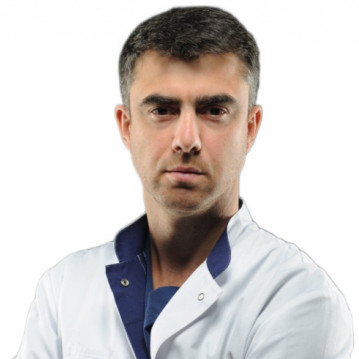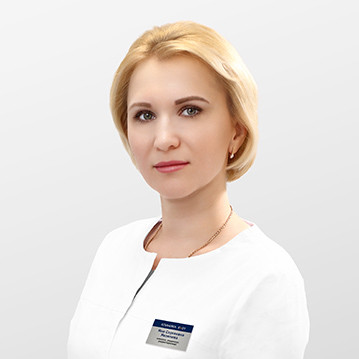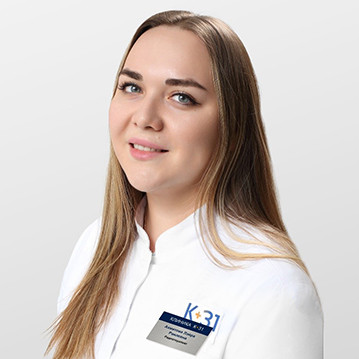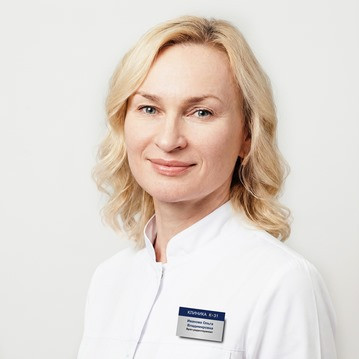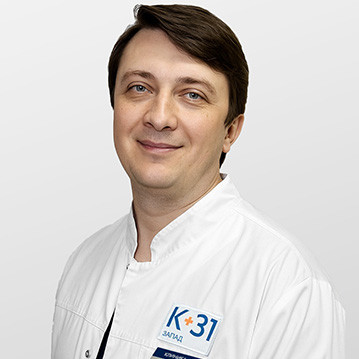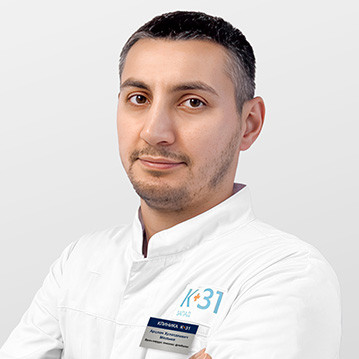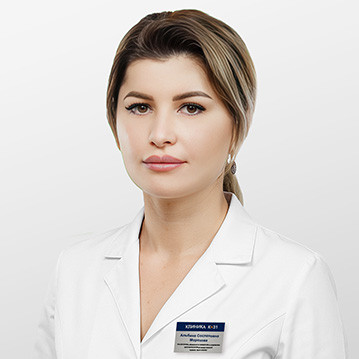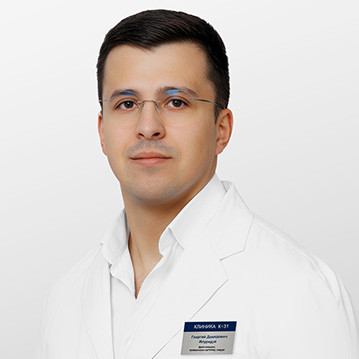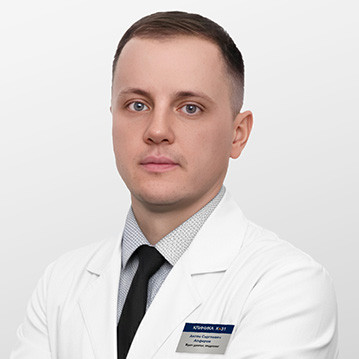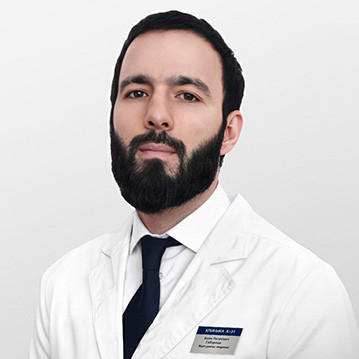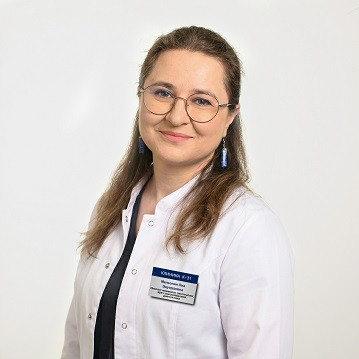What are soft tissue tumors?
Soft tissue tumors are benign or malignant neoplasms of muscle, synovial, fatty tissues, tendons and ligaments, i.e. tissues located between the epithelial layer and the bones. Most often, soft tissue tumors are benign, but in 1-2% of cases there are malignant tumors, or soft tissue sarcomas. Usually patients find them on the lower and upper extremities.
Tumors that affect soft tissues have nonspecific and, as a rule, unexpressed symptoms. A patient with a similar pathology usually seeks help after finding tissue compaction in a certain place in his body.
Benign soft tissue tumors are slow growing, contain only certain types of cells, and are clearly demarcated from the tissues that surround them. Such soft tissue tumors are dangerous only if they put pressure on nerves or blood vessels. But in some cases, they can degenerate into malignant neoplasms.
Malignant tumors - soft tissue sarcomas grow rapidly, can penetrate into neighboring tissues and destroy them, which provokes bleeding and the formation of distant metastases that spread with blood and lymph fluid.
Classification of soft tissue tumors
Soft tissue tumors are classified according to the type of cells from which they are formed:
- fibroma, fibrosarcoma - from fibrous tissue cells;
- lipoma, liposarcoma - from adipose tissue;
- leiomyoma, leiomyosarcoma, rhabdomyoma, rhabdomyosarcoma - from muscle tissue;
- synovioma, synovial sarcoma - from synovial tissue;
- lymphangioma, lymphosarcoma - from lymphatic tissue;
- hemangioma, angiosarcoma - from blood vessel cells;
- ganglioneuroma, neurinoma, paraganglioma - from the nervous tissue.
The names of benign soft tissue tumors end with "-oma" and the names of malignant soft tissue tumors end with "-sarcoma".
Malignant tumors, soft tissue sarcomas, are divided into three types according to the degree of maturity of the cells of which they consist:
- Highly differentiated tumors - their cells practically do not differ from healthy cells, i.e. have a clear structure and shape. These soft tissue tumors respond well to treatment.
- The average degree of differentiation - more modified cells, which are already a little like healthy.
- Low degree of differentiation - the cells have lost all structure, they are all on the same face. These soft tissue tumors are very aggressive, grow rapidly and metastasize, making their treatment more difficult.
Causes of soft tissue tumors
The causes of the formation of soft tissue tumors have not yet been fully elucidated. But there are risk factors:
- frequent injury to soft tissues;
- cicatricial changes in the connective tissue;
- heredity;
- human papillomavirus, tuberous sclerosis, neurofibromatosis;
- bad ecology;
- radioactive exposure;
- smoking and alcoholism.
Symptoms of soft tissue tumors
The following symptoms are characteristic of soft tissue tumors:
- painless neoplasm;
- with a significant size of the tumor, redness or cyanosis of the skin over the formation may appear;
- with large sizes, there are also symptoms of damage to the nerves on which the tumor exerts pressure: pain, numbness of the skin area;
- with a common process, hyperthermia, weakness, weight loss occur.
Sarcoma is a type of soft tissue tumor
Soft tissue sarcomas are a group of oncological diseases that combine different types of malignant tumors located in soft tissues and bones. These malignant tumors can occur in different parts of the body. They are able to form in the tissues that connect, surround and support the organs and structures of the body - in muscles, nerves, as well as in blood vessels, fat, tendons, etc.
Soft tissue sarcomas are rare. They account for about two percent of the total number of malignant tumors. Most often affected by pathology are people aged from thirty to sixty years. But, about thirty percent of patients are younger than thirty years of age.
In total, over seventy different types of sarcomas are distinguished. The type of soft tissue sarcoma depends on the treatment plan. Also, the choice of treatment is determined by the location of the pathology and a number of other factors.
Appearance of soft tissue sarcoma
Soft tissue sarcoma is a sedentary, painless nodule of a round or oval shape, gradually increasing in size. If it is located on the limbs, as well as the chest or abdominal walls, then it can be felt. Its surface may be smooth or bumpy and may be soft or dense. yu consistency, depending on the type.
Symptoms of soft tissue sarcoma to look out for:
- a lump or induration of tissue palpable through the skin (often painless);
- pain in the bone, if the formation is localized in the bone;
- pain in the abdomen if the tumor is located there;
- suddenly occurring bone fractures (with minor injuries or no traumatic factors at all);
- Unreasonable weight loss, fever.
The development of soft tissue sarcoma is provoked by:
- the impact on the body of certain types of viruses;
- prolonged exposure to chemically aggressive substances;
- lymphedema (chronic swelling) of the extremities;
- previous radiation therapy for cancer;
- previous injuries;
- diseases of the skeletal system;
- scars;
- genetic predisposition.
